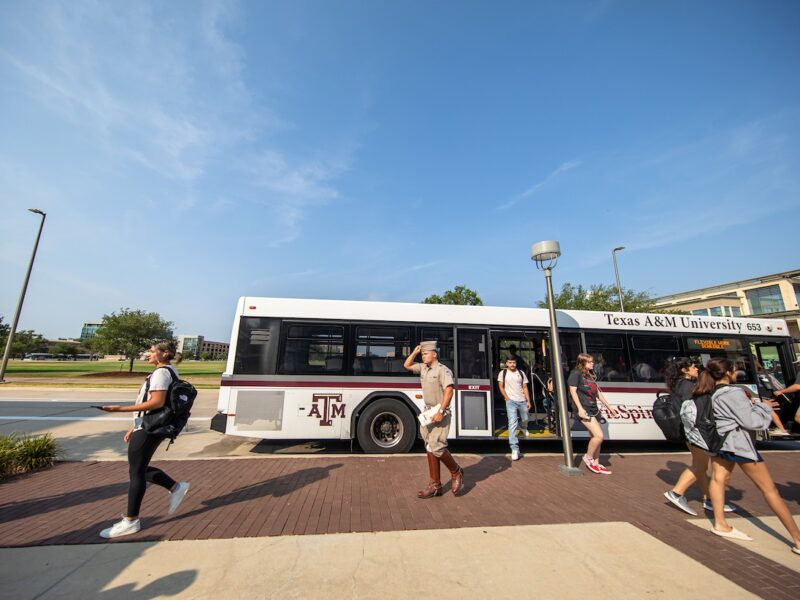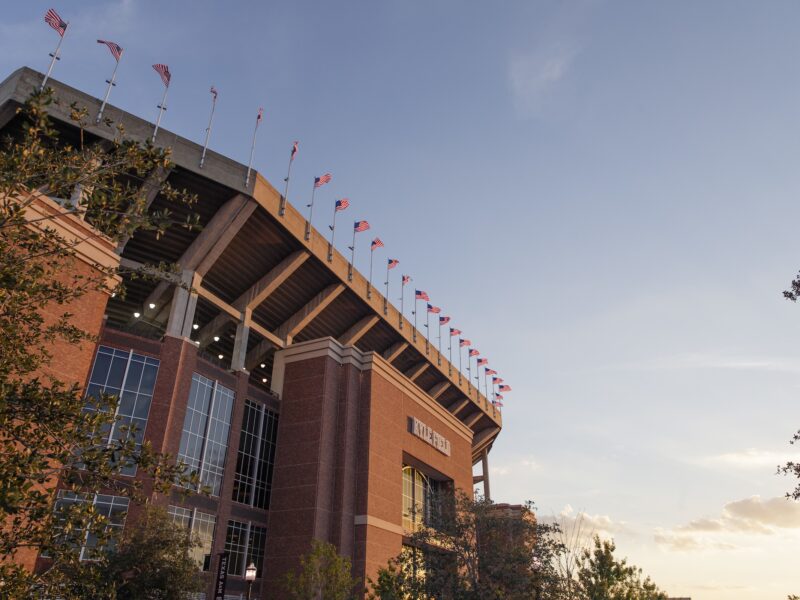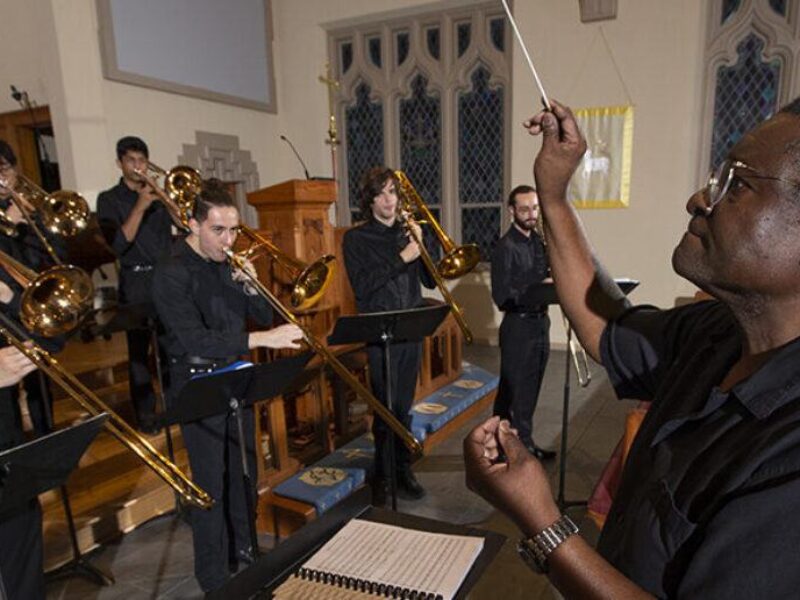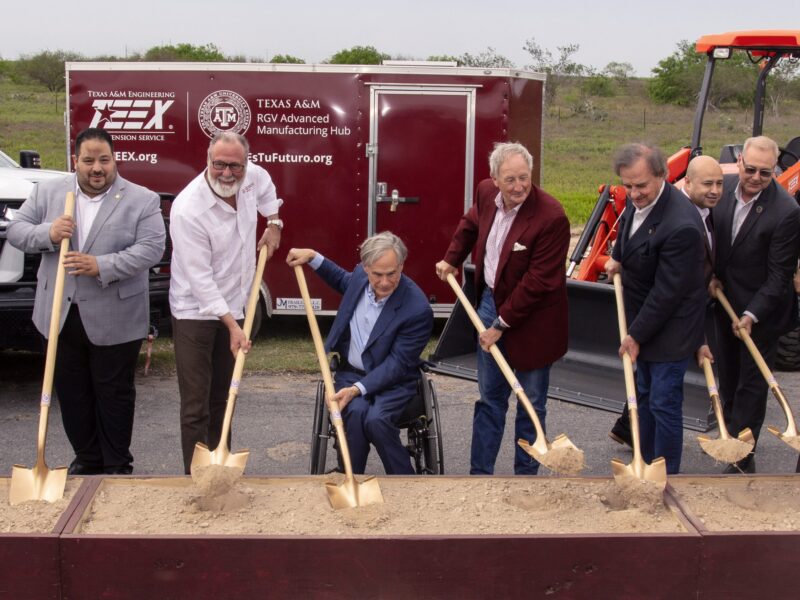AgriLife Extension Initiative Stepping Up To Address Pedestrian Safety
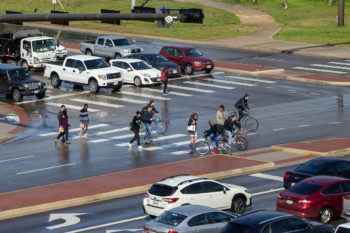
Many Texas residents underestimate the dangers of being a pedestrian, but an initiative of the Texas A&M AgriLife Extension Service is offering steps Texans can take to help ensure pedestrian safety on and near the state’s roadways.
Texas Department of Transportation data shows 19% of Texas fatalities in 2020 were pedestrian fatalities. And the percentage of fatalities is higher at night when pedestrians are harder to see, or the pedestrian or driver may be under the influence of drugs or alcohol.
Fatalities among all ages of pedestrians increased 9% across the state from 2019 to 2020. In some counties, pedestrian fatalities increased as much as 333% from 2019 to 2020.
Pedestrian deaths accounted for 717 of the 3,896 total Texas traffic-related fatalities in 2020.
“Whether it’s walking for pleasure or health or just going to and from their vehicle, pedestrians need to be aware of their surroundings and the other vehicles in their immediate area,” said Cindy Kovar, AgriLife Extension program manager for the Brazos Valley Injury Prevention Coalition (BVIPC) and Statewide Initiatives program.
The BVIPC is a safe-communities coalition aimed at implementing and supporting health initiatives designed to reduce traffic-related injuries and fatalities.
Among its other traffic safety efforts, the coalition is committed to keeping Texas residents safe on and near Texas roadways.
“Pedestrians encounter danger any time they walk on or near a roadway,” Kovar said. “It’s important to protect yourself and stay alert around vehicles.”
‘Pedtextrians’ A Growing Concern
Kovar said the coalition is particularly concerned about the increase in incidents involving those referred to as “pedtextrians” — pedestrians who text while walking and often become oblivious to whatever is happening around them.
“These people tend to walk into objects such as light poles, get into crosswalks without looking or fall while walking due to some impediment or distraction,” she said. “The coalition is encouraging parents and guardians to focus on the family, firstly by setting a good example themselves as pedestrians. This includes walking without the distraction of texting or wearing earbuds or headphones, which can also hinder safety by decreasing situational awareness.”
Kovar said the coalition also encourages parents and guardians to teach their children to look both ways before crossing a road or street and to stay alert while walking in parking lots. It also encourages older children to hold the hands of any younger children who are walking with them.
What Can Pedestrians Do To Stay Safe?
Some of the suggestions the BVIPC is sharing with pedestrians to help them improve their safety include:
— Using the sidewalk. If there is no sidewalk, walk on the left side of the road facing traffic.
— Using crosswalks. Look left, then right, then left again before crossing.“If there is no crosswalk nearby, check for one farther up or down the street,” Kovar said. “And don’t jaywalk. If you’re hit while jaywalking, the driver may not be liable, and insurance may not cover your injuries.”
— Yielding to vehicles. “Pedestrians should not assume traffic will stop for them,” Kovar said.
— Making eye contact with drivers before crossing.
— Walking to the right in crosswalks to allow other pedestrians to pass on the left.
— Looking left and right before exiting a bus.
— Being aware that parked cars or other obstacles can block your view of oncoming traffic.
— Exiting a vehicle on the curb side of the street if possible.
How Drivers Can Help Keep Pedestrians Safe
The coalition offered the following suggestions on what drivers can do to help with pedestrian safety:
— Always stop for pedestrians.
— Reduce your speed when approaching crosswalks.
— Stop and yield the right of way to pedestrians when turning.
— Slow down and be careful when passing buses or stopped vehicles.
— Stay alert and keep off the phone.
— Obey the speed limit and drive at speeds that match road and weather conditions. “If pedestrians stay aware and watch out for themselves and drivers take the extra effort to be alert to them, we can significantly reduce the number of pedestrian injuries and deaths in the state,” Kovar said.
For more information on BVIPC or to schedule a safety education program, contact Kovar at 979-321-5232 or cindy.kovar@ag.tamu.edu.
This article by Paul Schattenberg originally appeared on AgriLife Today.

